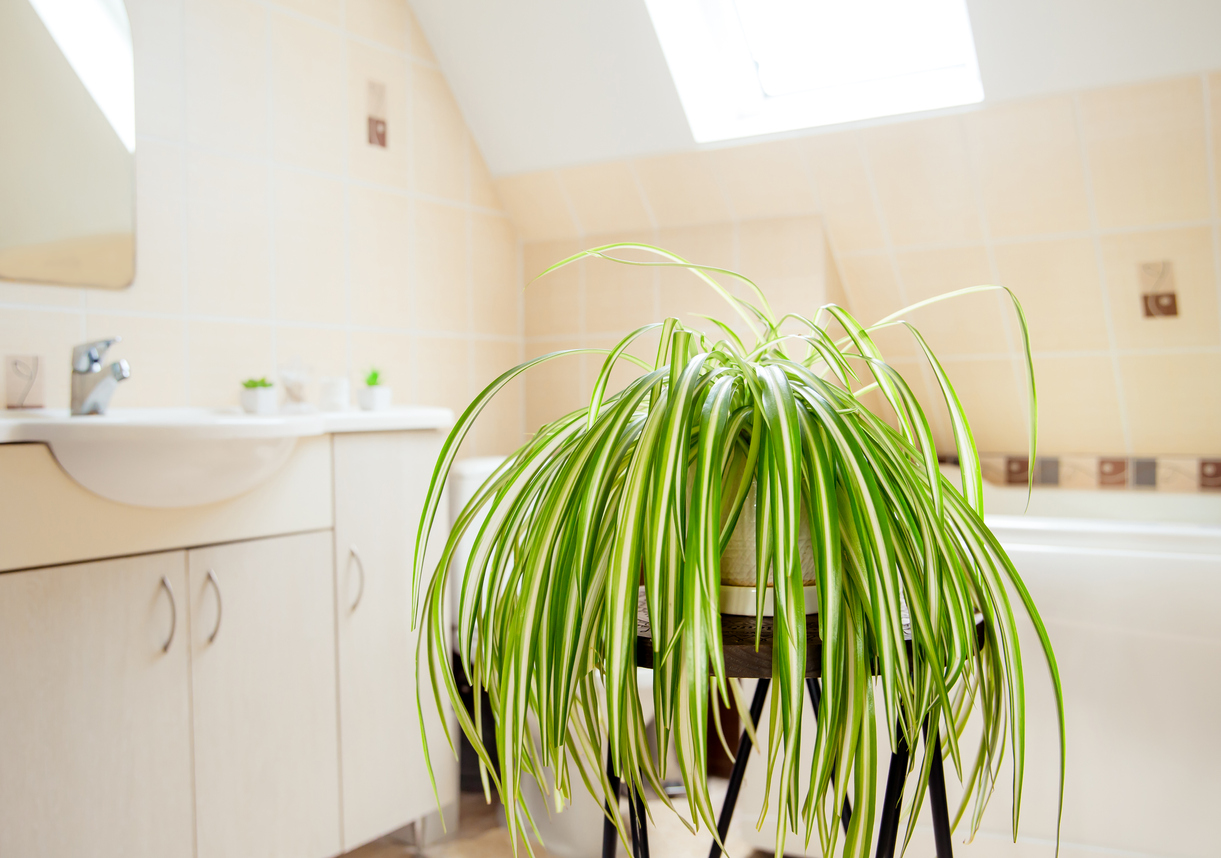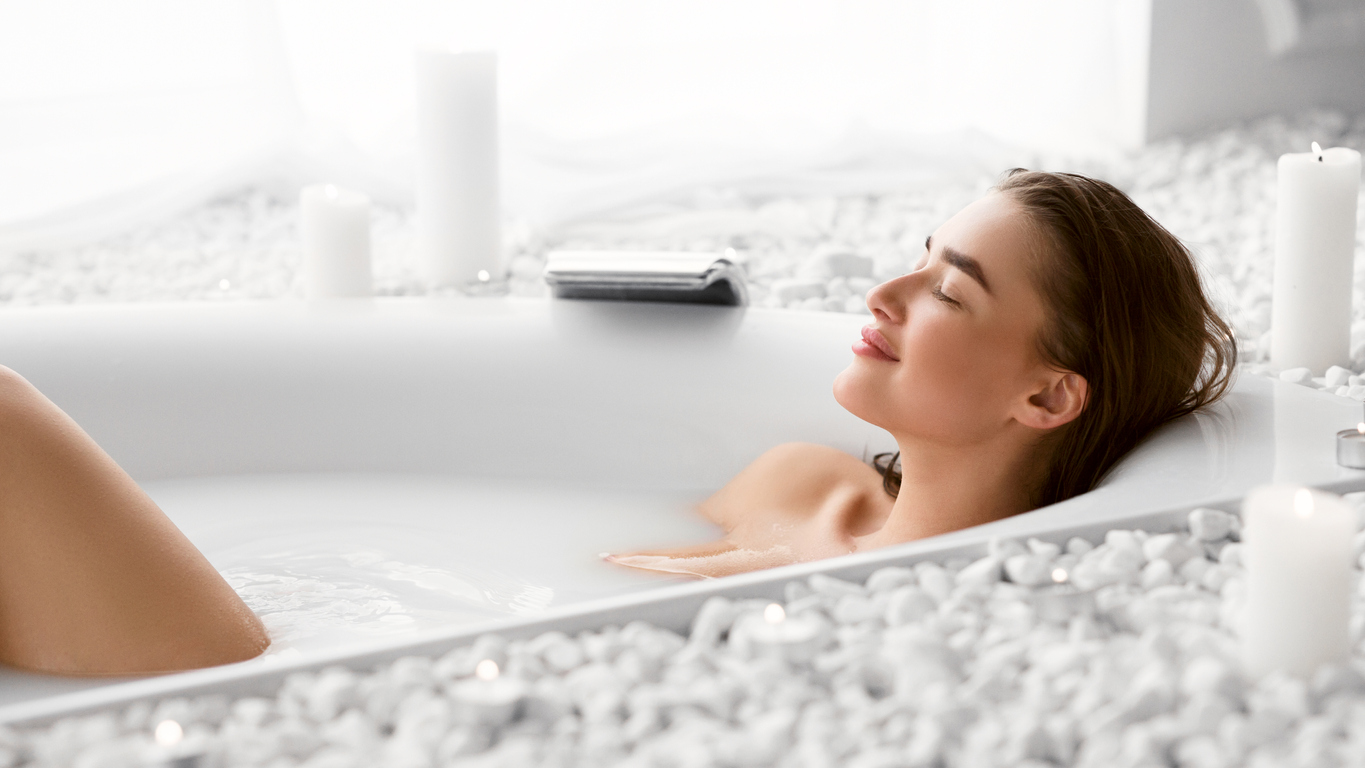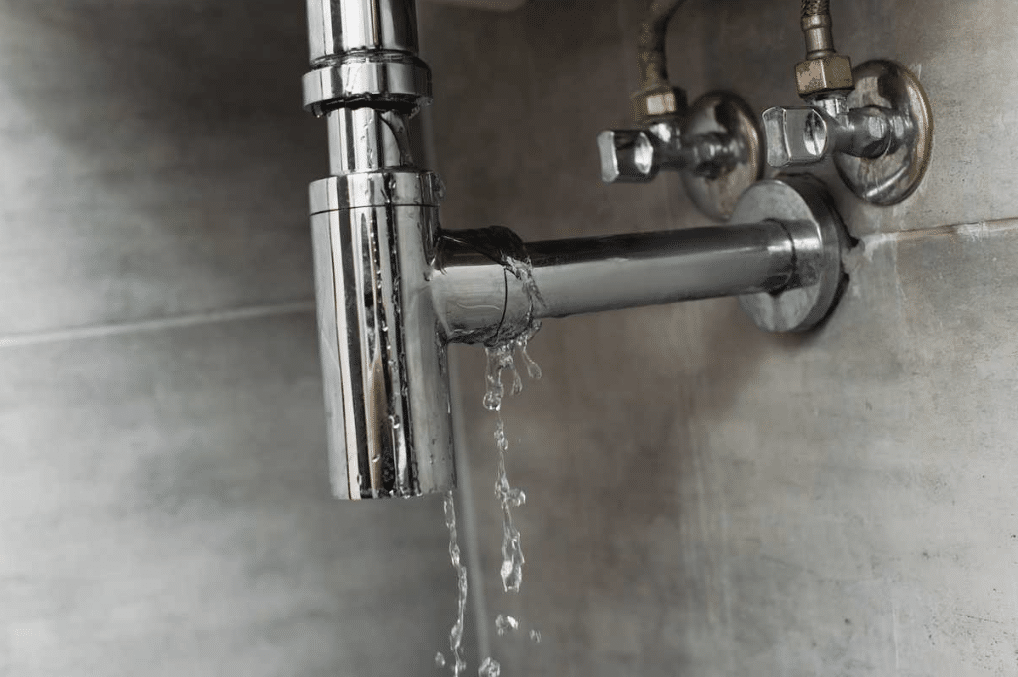The bathroom is often the most humid room in the house, which can cause many problems such as mold growth, bad odors, discoloration of tile grouts, metal corrosion and paint damage. which can then peel off and crack. Additionally, towels may have difficulty drying between uses. And in addition to being unsightly, excessive humidity can also be harmful to health by promoting the growth of bacteria and fungi that cause allergies and worsen asthma. Fortunately, there are many simple and effective tips for reducing humidity, especially in a windowless bathroom.
Whether you are an owner or tenant, find out how to keep this room dry, fresh and healthy and reduce problems linked to excessively high humidity.
1) Improve bathroom ventilation to reduce humidity
Insufficient ventilation is often the root cause of excessive humidity in a bathroom. If you have a window, do not hesitate to open it after each bath or shower. Whether you have one or not, also open the door to allow the ambient air to be renewed. This will prevent the phenomenon of maceration and avoid excess heat. At the same time, you can open the windows of neighboring rooms to help ventilate the bathroom.
If your bathroom does not have a window or if it is not enough to provide good ventilation, it is important toinstall an adequate ventilation system. You can opt for controlled mechanical ventilation (VMC). This extracts humid air from the bathroom and renews it with fresh outside air. Be sure to remove dust and cobwebs to keep the air vents functioning properly. If you cannot install a VMC, a bathroom fan is a simple and inexpensive alternative. Just make sure it’s powerful enough for your bathroom and that you leave it running for at least 20 minutes after each shower or bath.
2) Use a dehumidifier
An air dehumidifier is a simple and effective solution to eliminate humidity in your bathroom. He absorbs excess moisture from the air and stores it in a built-in tank or discharges it directly outside your home. Portable dehumidifiers are easy to use and can be moved from room to room. You can also opt for a built-in dehumidifier that connects directly to your ventilation system. Finally, it is possible to make it yourself with inexpensive materials. You can also add cups of gum arabic or rice as well as charcoal in drawers and nooks and crannies to help remove excess moisture.
3) Adopt dehumidifying plants in your wet bathroom

In addition to being decorative, some indoor plants fight against ambient humidity in the house. Lovers of warm and humid environments, the spathiphyllum or peace lily is, for example, ideal to install around the bathtub or shower for good absorption of steam in the air. You can also take plants accustomed to tropical environments. This is the case for climbing ivy, Boston fern, nepenthes and dwarf palmetto. Furthermore, many of these green plants have the advantage of being depolluting. They will help you maintain a healthy environment. If your bathroom is bright and has a window, an orchid, cacti, spider plant or bromeliads are also good options;
4) Wipe damp surfaces
Once you have finished showering or bathing, be sure towipe damp surfaces with a towel or cloth clean and dry. This will help prevent mold and mildew and reduce humidity in your bathroom. Also be sure to dry the bath mat and shower curtains. If necessary, let them dry outside or on the drying rack before putting them back in the bathroom. To better control the humidity in the room (and for hygiene reasons!), also consider replace rugs and towels more often.
5) Haro on bad habits that promote humidity in the bathroom!

Although they are pleasant, allow you to relax and reduce pain, baths are a major source of humidity in a bathroom. Hot water and foam indeed produce steam that condenses on cold surfaces in your bathroom. If you want to reduce humidity in your bathroom, it is therefore best to avoid bubble baths. Instead, opt for a quick, hot shower. Moreover, avoid hanging wet clothes on it. This can significantly increase the humidity in the room. If you must hang clothes to dry, be sure to place them in a well-ventilated area or outside if possible.
5) Use water-resistant materials
Always use water-resistant materials in your bathroom. This of course applies to the joints which must be chosen specially designed for the fitting out of the bathroom, but also to the painting. Opt for an anti-humidity paint (such as acrylic paint or glycerophthalic paint). For the floor, choose exotic, treated or laminated wood flooring instead of tiling, not recommended in damp rooms. Also check the joints often to ensure they are watertight. All materials used (even glues) must be water-repellent and suitable for this room. Some products are even fungicidal! Finally, also use bathroom accessories made of stainless steel or aluminum rather than chrome-plated metal. The latter can indeed rust easily in the event of humidity.
6) Pay attention to your plumbing system

Water leaks can cause humidity problems in your bathroom. Plus, unless you check, you don’t necessarily realize it right away. Significant water damage can then occur in addition to liters of water wasted! Therefore, regularly check the surroundings of the shower or bathtub and your plumbing system for detect leaks or infiltrations and repair them quickly. Also make sure that pipe joints and fittings are well sealed, but also that there are no drips from the taps.
7) Install heated towel rails
Heated towel racks are not only convenient for keeping your towels warm and comfortable after your shower, but they can also help reduce ambient humidity. By drying your towels quickly, the towel dryer prevents moisture buildup. And of course, it’s still a radiator. It will therefore help dry the air like any heating system.
If you have ongoing problems, you may want to consider hiring a professional to assess the humidity levels in your home. He will also be able to recommend suitable solutions and sanitation or insulation work adapted to your case. It will also be able to identify infiltrations, capillary rises and invisible leaks without professional equipment.


